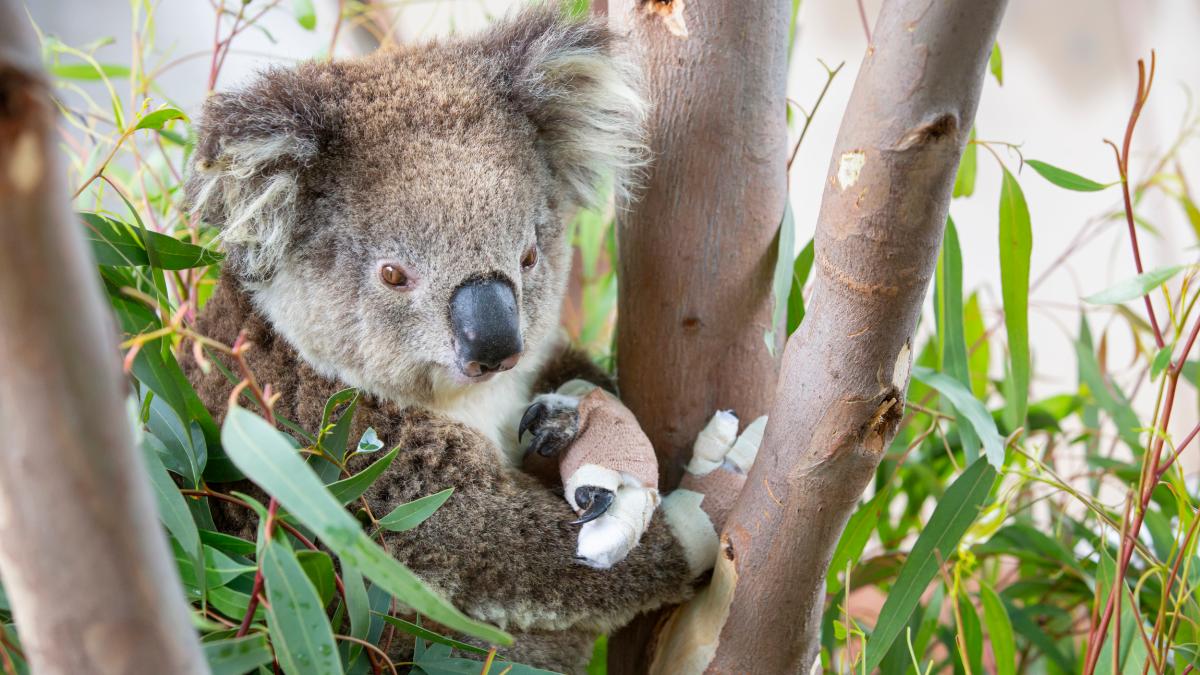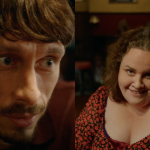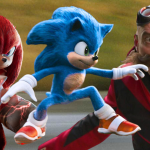
During the Black Summer Bushfires last year, it’s estimated that over three billion animals perished or lost their homes. As Australia held its breath, Zoos Victoria was at the forefront of rescuing affected wildlife, with employees bravely entering into bushfire zones to give veterinarian support to injured little creatures.
Over 60,000 koalas were wiped out during the fires across Australia, but don’t fret just yet – with the dedication of these conservationists, there’s hope for these cuddly little creatures after all (perhaps don’t cuddle them though).

I’m sure we’ve all seen those distressing videos of poor singed koalas dehydrated from the fires, drinking from a helpful bystander’s water bottle. These videos pulled at our heartstrings and were equally cute as they were shattering.
However, Zoos Victoria has made it their mission to provide wildlife with ongoing support, kickstarting the Bushfire Emergency Wildlife Fund, which has $17M worth of bushfire projects in the works.
The Bushfire Emergency Wildlife Fund is investing in animal wildlife health and welfare by employing an emergency management specialist, further staff training for vets, equipment and machinery, veterinary costs and proper facilities to evacuate bushfire-affected animals.
This fund also aims to create rehabilitation programs and even assist local communities devastated by these bushfires.
CEO of Zoos Victoria Dr Jenny Gray says the not-for-profit conservation organisation needed financial support to effectively preserve and protect our wildlife from the next natural disaster.
“There’s no doubt we’re going to have bushfires again that will impact our precious wildlife, it’s a part of our Australian landscape. So, the question is not about whether or not we’ll have other bushfires like this again, but whether or not we’ll be prepared for the next one.”
But what exactly happened to the koalas who were rescued, you ask? Well, earlier this year, after an 11-month-long road to recovery, 14 rehabilitated koalas were finally released back to their homes near Mallacoota.
To ensure these koalas made a seamless and healthy transition back into the wild, Zoos Victoria staff put radio collars around their necks to monitor them. These special tracking devices had a GPS component to monitor each koala’s location every six hours.
However, after four months, they had their final health check-ups with their collars removed, as now they can independently go about their business in the Australian bushland.
In the video above, Senior Vet at Healesville Sanctuary Dr Leanne Wicker was visibly choked up upon reuniting with these little furry babies, particularly one by the name “Leafy”.
Make sure you have a box of tissues nearby.
Zoos Victoria might be miracle workers, but they need our constant support to help fight the threats to wildlife. If you want to find out more information, have a squiz at their website.



